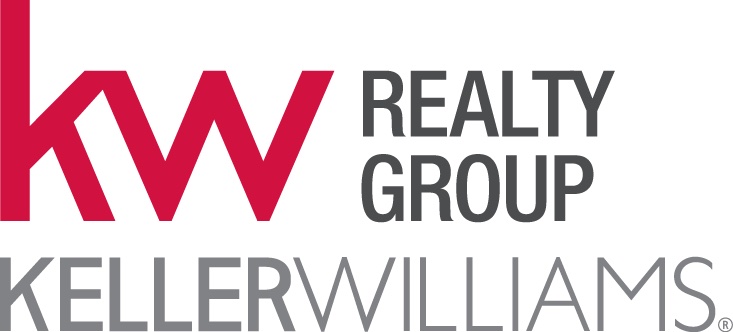
Embracing Biophilic Design
Biophilic design, rooted in the concept of connecting humans with nature, is a design approach gaining significant traction in the architectural and interior design realms. It revolves around integrating natural elements and patterns into built environments to improve well-being, productivity, and overall quality of life.
Understanding Biophilic Design
Biophilic design harnesses our innate connection to nature by incorporating natural elements, organic shapes, and patterns into living spaces. It involves:
Natural Light and Views: Maximizing natural light and providing views of nature through windows or strategically positioned openings.
Greenery and Living Elements: Introducing indoor plants, living walls, and greenery to emulate natural environments indoors.
Natural Materials: Using materials like wood, stone, and natural fibers to create a more organic and tactile environment.
Water Features: Incorporating water elements, such as fountains or small ponds, to evoke a sense of tranquility.
Growing Popularity and Benefits
The surge in popularity of biophilic design is driven by its myriad benefits, such as some we've selected here. Which one's your favorite?
Enhanced Well-being: Studies show that exposure to nature and natural elements indoors can reduce stress, enhance mood, and promote overall well-being.
Improved Productivity: Incorporating biophilic elements in workspaces and homes has been linked to increased productivity, creativity, and concentration.
Health Benefits: Biophilic elements can improve air quality, reducing pollutants and enhancing respiratory health.
Energy Efficiency: Maximizing natural light and ventilation can lower energy consumption, potentially leading to cost savings on utilities.
Financial Benefits and Return on Investment
While the financial benefits of biophilic design might not always be immediately quantifiable, there are potential avenues for savings and return on investment, and we know you like to save money.
Energy Savings: Incorporating natural light reduces reliance on artificial lighting, leading to lower energy bills.
Property Value: Homes designed with biophilic principles might command higher prices due to their appeal and potential impact on residents' well-being.
Biophilic design offers a holistic approach to creating living spaces that promote physical health, mental well-being, and environmental sustainability. Its ability to foster a deeper connection with nature within urban environments resonates with a growing desire for more balanced and harmonious living spaces.
Investing in biophilic design isn't just about aesthetics—it's an investment in a healthier and more nurturing living environment. By integrating nature into our homes, we create spaces that not only look and feel beautiful but also contribute to our overall health and happiness.








